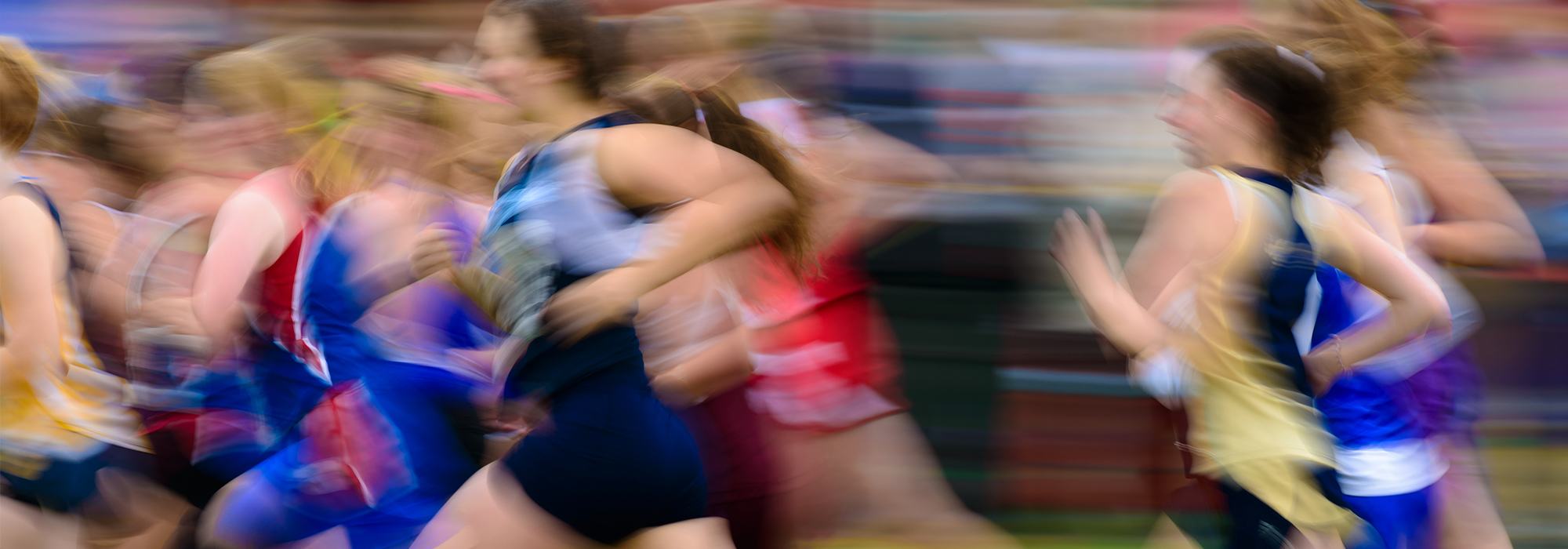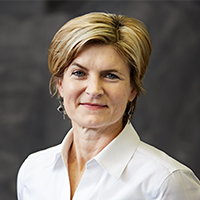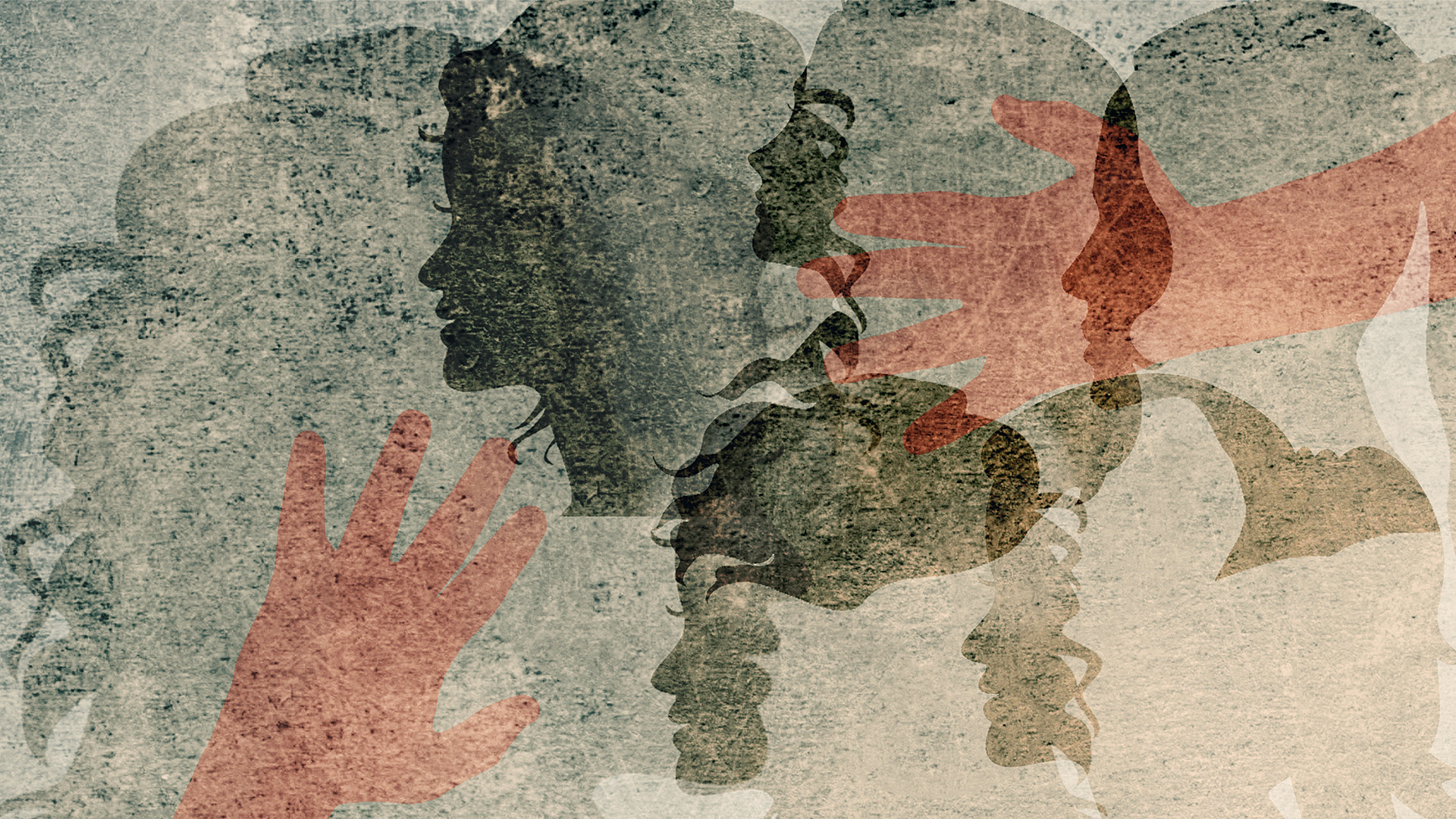
Our most prized Canadian athletes are too often experiencing violence in sport and suffering in silence. While national-level athletes perform spectacular athletic feats on the world stage as millions of Canadians watch in amazement and admiration, most of us are oblivious to the harm many of these athletes encounter on their journey to the podium. Injuries are a risk we can see and understand. But the effects of neglect and psychological and sexualized violence are often invisible or, in many cases, deliberately hidden.
In a recent study of 1,001 national team athletes, 17 percent of current athletes and 23 percent of retired athletes reported experiences of psychological harm, defined as repeated exposure to humiliating, demeaning and degrading comments, and being intentionally ignored or criticized as a person. Further, 15 percent of current and 23 percent of former athletes spoke of repeated experiences of neglect, such as training in unsafe conditions and being provided inadequate food and hydration. With respect to sexual harm, 4 percent of current athletes and 7 percent of retired athletes reported receiving sexist jokes and remarks, intrusive sexual glances, sexually explicit communications and sexually inappropriate touching.
We know that young people who meet with these forms of violence are more likely to suffer from mental health challenges, and high-performing athletes are no exception. They reported damaged self-esteem and confidence, increased feelings of depression and anxiety, self-harming behaviours and eating disorders in connection with episodes of violence. Ironically, these athletes are experiencing physical and psychological harm through the very environment that is assumed to contribute positively to health and development.
Equally disturbing is that so many of these athletes do not tell anyone about their experiences. Fewer than half told anyone of the harm they had suffered or felt they had a safe place to go with their concerns. Additionally, only 16 percent of current athletes and 13 percent of retired athletes submitted a formal complaint, due to the fear that disclosing their abuse could jeopardize a lifetime of training to reach a national team.
In the Canadian sport system, national-level athletes must take their concerns to the very organization that makes decisions about their careers and that employs the staff members who are typically the perpetrators of the violence.
There are good reasons why athletes do not complain. Currently in the Canadian sport system, national-level athletes must take their concerns to the very organization that makes decisions about their careers and that employs the staff members who are typically the perpetrators of the violence. The recent allegations by athlete Megan Brown provide a poignant illustration of the inherent conflicts of interest in the current system. Brown, a nationally ranked distance runner, alleges her coach at the University of Guelph groomed her for a sexual relationship while she was a minor. She said she has experienced psychological distress and her performance suffered as a result of this relationship. She filed a complaint with the university in 2006. The coach, Dave Scott-Thomas, was promoted to higher positions within the sport. The university last week issued a general statement of apology, and noted Scott-Thomas was terminated in December after they received another complaint.
In the words of one Olympic athlete, telling sport organizations about violence in their ranks “means putting them in a position where they have to incriminate themselves.” In response to these conflicts of interest, athletes stay silent. Moreover, as the funding of sports is largely based upon podium results rather than the overall health and well-being of the athletes, it’s no wonder that it’s so difficult to eradicate violence from sport. Until funding models take into account the means used to achieve these results or the harm endured by athletes, violence against athletes will continue.
If secondary school, university or college students reported regular experiences of violence, the public would react with anger and disgust. We assume that sport is generally a healthy environment for young people and that our Canadian Olympians are the picture of physical and psychological health. Indeed, some of them are – but we also know that many are suffering in very real ways from the effects of violence.
So where do we go from here? Athletes, including those who have suffered violence from those in authority positions in sport, have provided us with the answers to this question. Athletes have clearly, repeatedly and courageously said that in addition to preventive measures, they need a safe place to take their concerns, where they will be heard without facing retribution or risking their athletic careers. They need psychological supports to heal from the violence they have endured. And if they decide to submit a formal complaint, they need a safe, confidential, neutral place to go that is completely separate from sport organizations, which too often turn a blind eye to violence within their ranks.
This neutral, independent body should be established and overseen by Parliament through the Physical Activity and Sport Act and funded by the government of Canada. This organization would oversee the mandatory application of a pan-Canadian, universal policy, with standardized definitions, procedures and penalties, to all federally funded sports and their member associations. To avoid conflicts of interest and ensure safe reporting mechanisms for individuals, the body would have the capacity and authority to investigate allegations of violence against athletes. It would oversee compliance with the policy and publicly disclose violations of the policy and associated sanctions. It would also provide appropriate counselling to those affected and address prevention of violence by mandating education.
Creating a single national body would ensure consistency in the application of the policy, its investigation and adjudication processes, and its education and support services across all jurisdictions and sports, including both small and large sport organizations. Fortunately, Canada already has models to follow, including the Canadian Centre for Ethics in Sport and the Sport Dispute Resolution Centre of Canada. If we can develop independent organizations for detecting banned substances and resolving disputes, surely we can do the same for addressing and preventing violence against young people. Curiously, sport in Canada is the only youth-populated domain that remains self-regulating. It is no wonder, given the lessons learned from the failed systems of self-regulation in the Catholic Church and the Boy Scouts, that violence against athletes continues.
Canada must do better to eradicate violence against young people in sport. It’s time to respond to the athletes’ calls for action — to end the reliance on self-regulation and instead provide athletes with an independent authority to turn to. Only when athletes have confidence that their concerns will be heard and addressed in ways that will not involve negative repercussions will they feel free to break their silence.
This article is part of the Improving Canada’s response to sexualized violence special feature.
Photo: Shutterstock by Don Landwehrle
Do you have something to say about the article you just read? Be part of the Policy Options discussion, and send in your own submission. Here is a link on how to do it. | Souhaitez-vous réagir à cet article ? Joignez-vous aux débats d’Options politiques et soumettez-nous votre texte en suivant ces directives.








